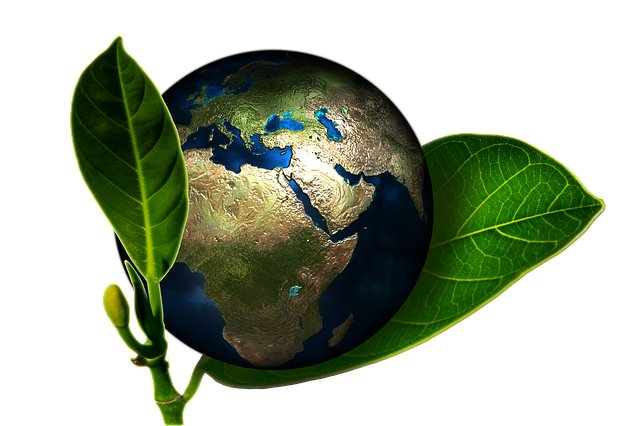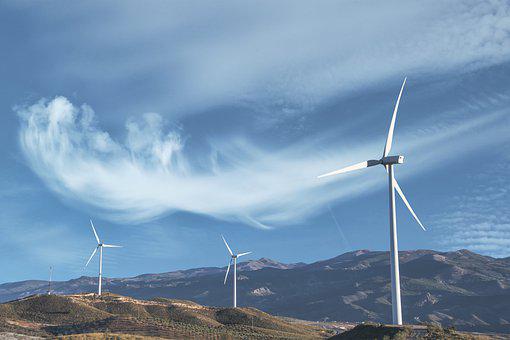What is Environmental Science?
It is a quantitative field that includes applied as well as practical knowledge and is used to develop environmental policies around the world. It is a separate field than environmental studies that deals with human relationships and socio-political aspects of it. For instance, an environmental study researcher focuses on the economic and political aspects of climate change, an environmentalist focuses on the climate change models and adaptation and mitigation strategies. The study of environmental science is very old and can be dated back to start of human civilization.
Modern awareness started from the publish of the books Silent Spring by Rachel Carson and the Population Bomb by Paul Ehrlich which stated by the human release of chemicals. Environmental scientists evaluate the causes of any environmental problems and state the solutions of the problems that may be used by governments, universities, corporations. In environmental science we focus on the relationship between the air, water and land with living organisms.
Also check out: GIS and Remote Sensing in Environmental Science – Applications and Advantages
What is Environmental Engineering?
It is a professional degree that includes branches such as chemistry, biology, geology, ecology, biotechnology, microbiology and devise solutions that will help in protection of human life and create quality environment. It is a sub branch of civil and chemical engineering. The main purpose of environmental engineering is to improve the quality of life, protect human life and our habitat.
The engineers provide solutions for air pollution, solid waste management, ecology, public health and waste water treatment. The design of waste water treatment plants is also done by engineers. They also help in evaluating the waste management strategies and public health methods. They also help in implementation of the environmental rules and regulations. They address the global issues such as climate change, acid rain, ozone depletion, air quality deterioration and fossil fuel burning.
What are Branches or Main Subjects of Environmental Science?
It includes branches of science such as:
- Ecology
- Meteorology
- Chemistry
- Biology
- Engineering
- Physics
- Mathematics
- Statistics
- Computer
- Biotechnology
- Microbiology
- Air pollution
- Waste water and its treatment
For detail, check out: Branches of Environmental Science – Interdisciplinary Field.
Why is environmental science important?
It is important in creating mass awareness and educating the population about needs of recycling, the need of sustainability, use of models for climate change awareness, creating a better world for the future generations. It helps in creating critical thinking knowledge, problem solving mechanisms, creation of hypothesis and theory, research analysis and modeling analysis. These are some of the reasons environmental science is gaining popularity. It promotes nature building capacities with in students. The students learn character building and closeness with the environment.
Have a look at: 31 Topics for Environmental Science Assignment Presentation
Who are Environmentalists?
An environmentalists can work in both theoretical and applied fields. They work from public health to teaching environmental science as a subject and research in this field. An environmentalist can be even a person who is well versed in the field of environment and is working for the betterment of the environment and promotes sustainable growth. Now a days even common people and celebrities are considered as environmentalists as they are creating mass awareness through social media.
What do Environmentalists do? What is their job?
They use observations and samples in collecting data, use literature review, collection of data through models, analyzing this data, communication of data through media, publishing in journals, project management and issuing budgets, going on field tours and collecting data, training the lab attendants and receiving grants to publish data.
What is environmental protection agency?
The EPA abbreviation of environmental protection agency was formed in December 1970 by the order of that time of U.S president Richard Nixon. It is part of federal government that helps in creating awareness about the public health and our environment. It forms the manufacturing, processing and supply chain mechanisms and rules and regulations related to it. It also imposes taxes based on reports, promote sustainable projects, devise air, water and noise standards. It does not deal with the wildlife, wildfires and sanitary issues.
Have a look at: What Is Environmental Toxicology And What Are Its Branches?
We hope you liked this post! Please comment below if you have any suggestions, comments or feedbacks! We at #envpk love hearing from readers! Thanks




